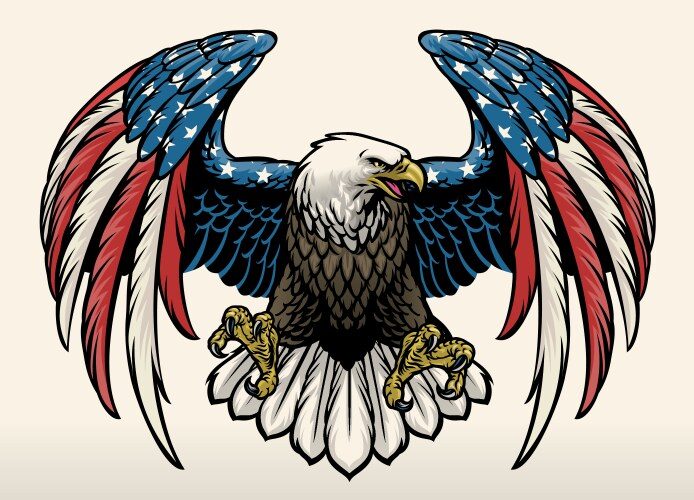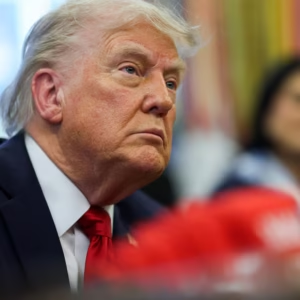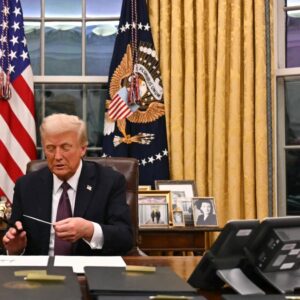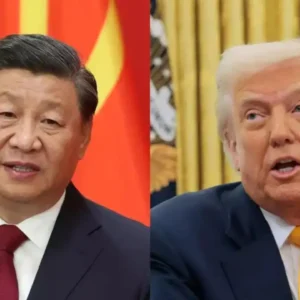Honda Motor is gearing up for a significant shift in its North American operations, exploring plans to move production from Mexico—and possibly Canada—to the United States. The move follows President Donald Trump’s recently imposed 25% tariff on all imported automobiles, a cornerstone of his second-term effort to bring manufacturing jobs back to American soil.
While the company publicly maintains that Canadian production will continue as normal, internal discussions suggest that Honda may gradually expand its U.S. footprint to offset the mounting costs of foreign imports. According to Japan’s Nikkei financial outlet, Honda is aiming to increase U.S. vehicle output by as much as 30% over the next two to three years.
That would allow the automaker to have approximately 90% of its U.S. sales with cars made domestically, aligning closely with Trump’s “America First” policy. The tariff, which took effect in early April, slapped a 25% duty on all imported passenger vehicles and auto parts, upending business models for major global automakers.
For Honda, which imports around 500,000 vehicles into the U.S. annually—including roughly 300,000 from Canada—the financial hit could total $4.6 billion per year if it doesn’t adjust. That price tag appears to be sparking action.
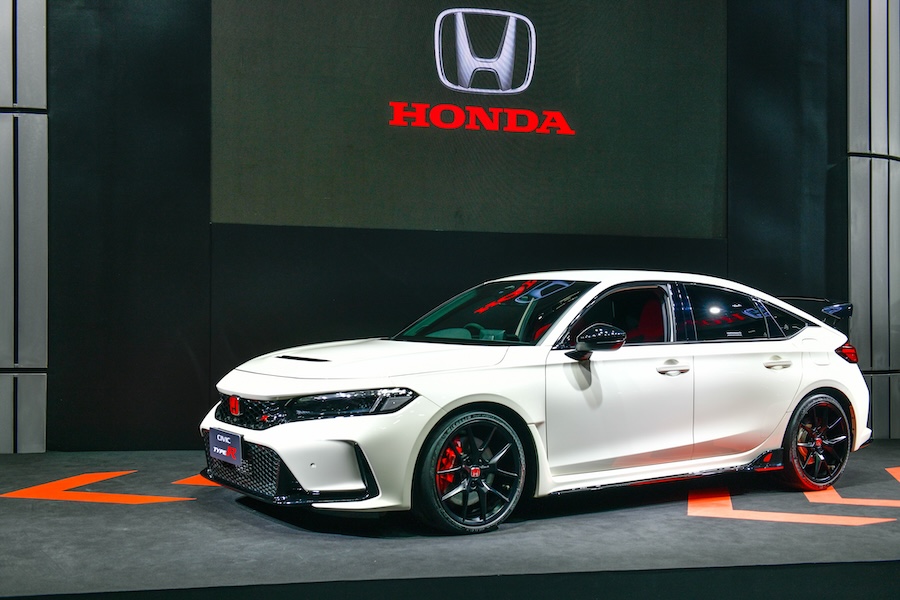
BANGKOK, THAILAND – JULY 28,2023 :All New Honda Civic Type R (FL5) 2.0 Vtec Turbo 330 hp displayed at Bangkok Auto Salon in Muangtong Thani
Though Honda’s official position remains that no cuts to Canadian operations are planned, the company’s U.S. factories—which already produce models like the Civic and CR-V—are expected to ramp up. Additional shifts, new hires, and expanded production lines are reportedly on the table, according to the Nikkei report, though Honda has declined to comment on specifics.
Federal officials in Canada, including Industry Minister Anita Anand and Ontario Premier Doug Ford, rushed to reassure the public that Honda isn’t planning to downsize in Canada. Still, the writing may be on the wall.
Automakers across the board are scrambling to respond to the ripple effects of Trump’s auto tariffs. Stellantis, the parent company of Jeep and Chrysler, recently announced temporary layoffs of 900 U.S. workers and halted production at facilities in Mexico and Canada.
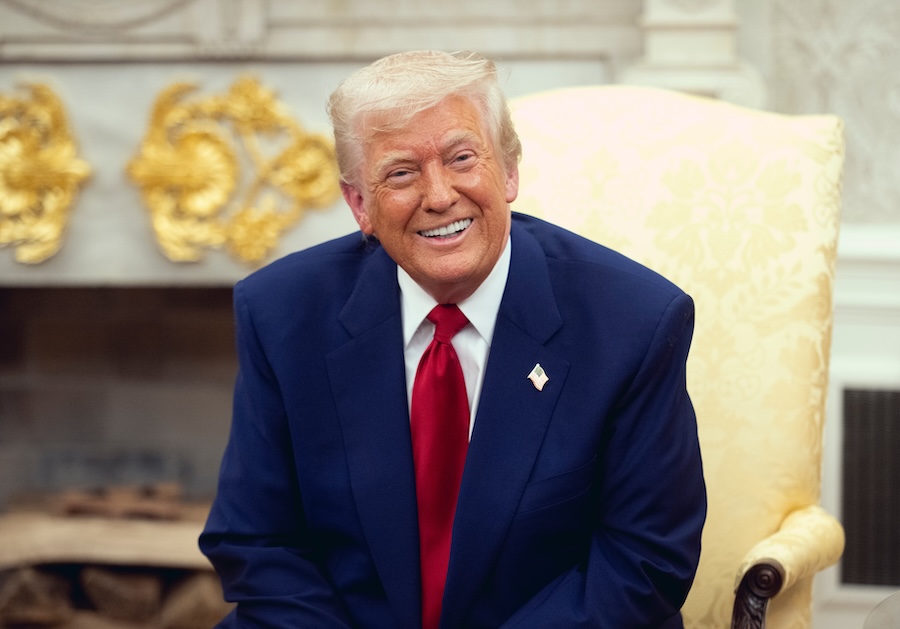
WASHINGTON D.C., USA – April 7, 2025: United States President Donald Trump meets with Israeli Prime Minister Benjamin Netanyahu in the White House in Washington DC.
The shift is also a win for American labor. By producing more cars in the U.S., companies like Honda could bring thousands of jobs back to American assembly lines, especially in swing states like Ohio and Indiana, where foreign automakers already have a strong presence.
Honda has been a significant presence in Canada since 1969, with its manufacturing operations centered in Alliston, Ontario. This facility, known as Honda of Canada Manufacturing (HCM), comprises two vehicle assembly plants and an engine plant, employing approximately 4,200 associates. HCM produces the Honda Civic and CR-V models, with the Civic being manufactured since 1988 and the CR-V since 2012 .
